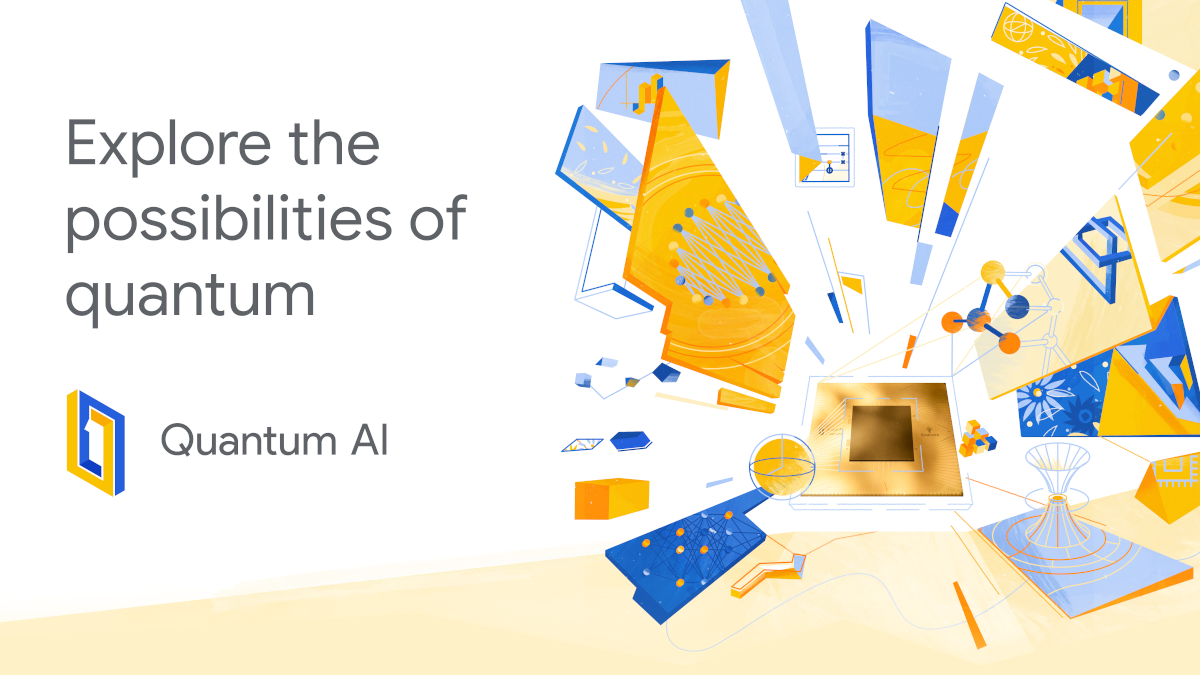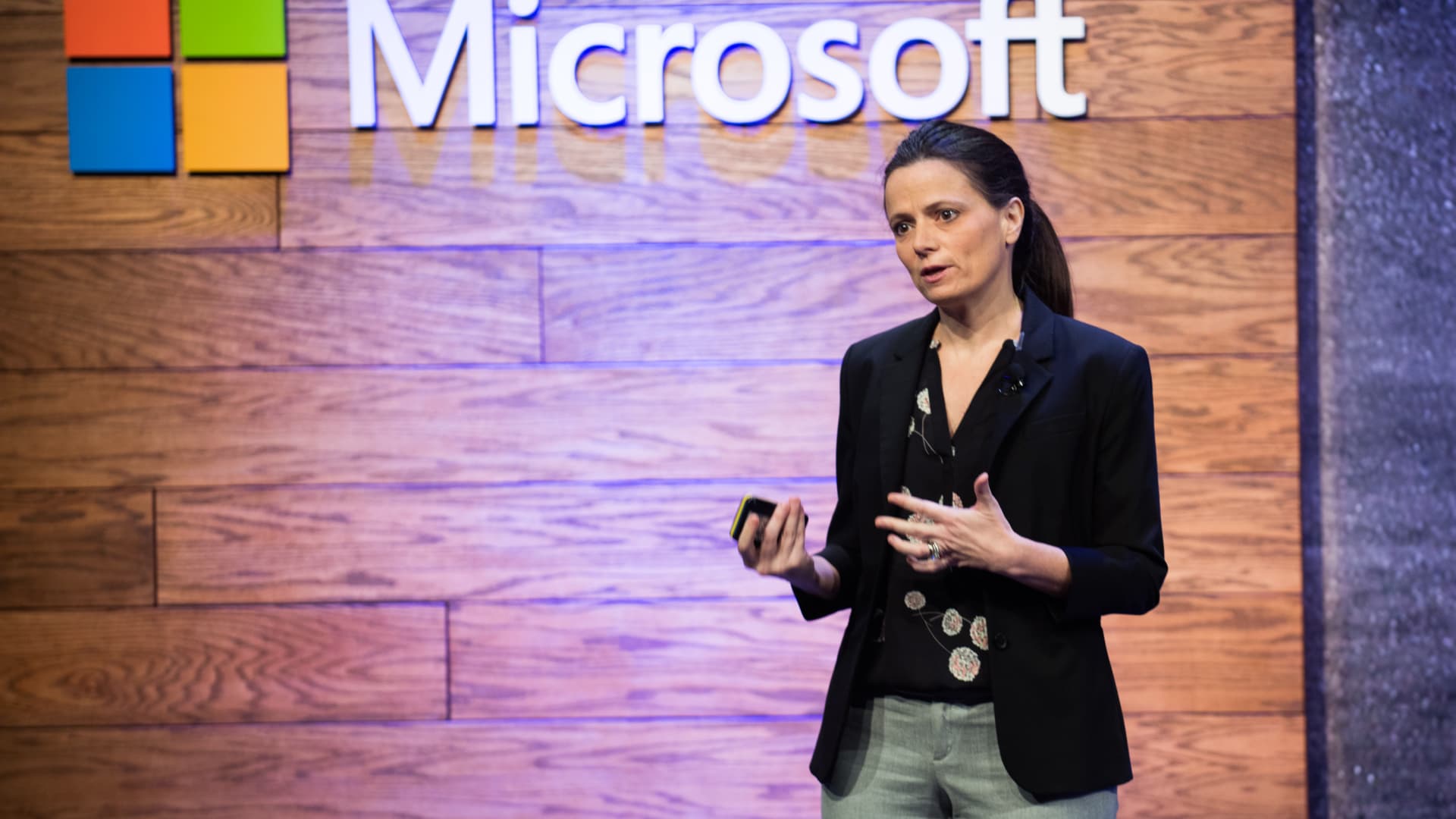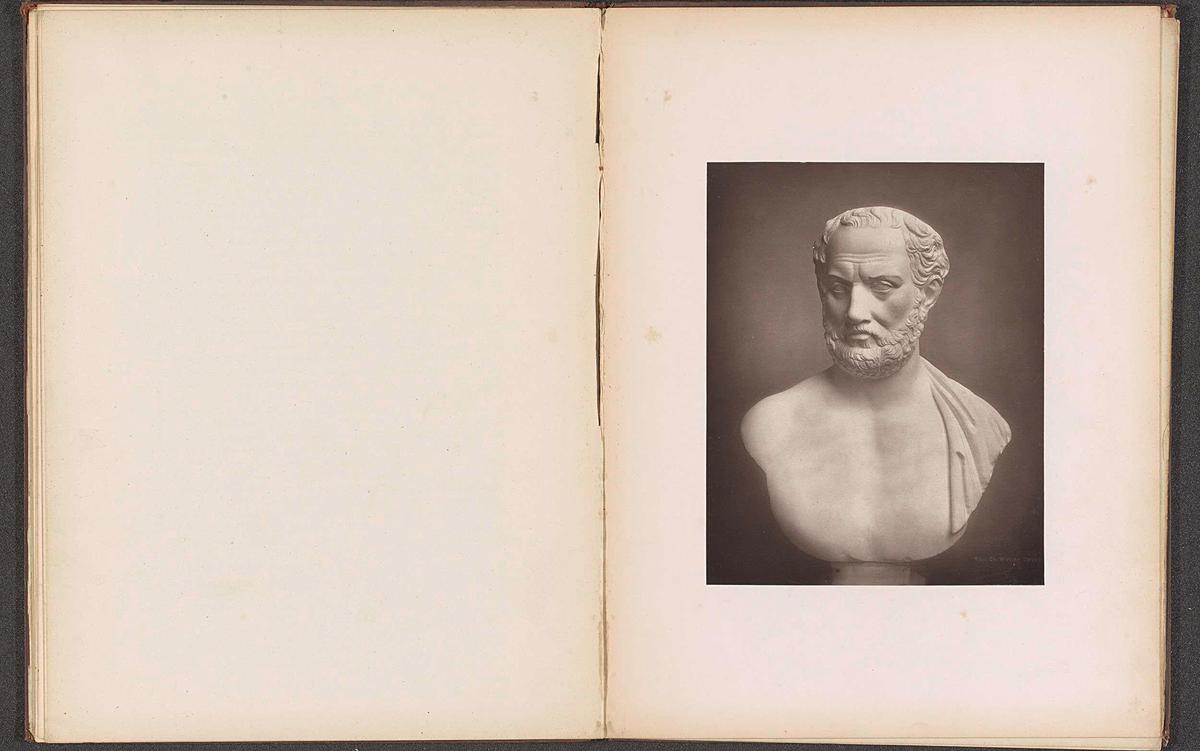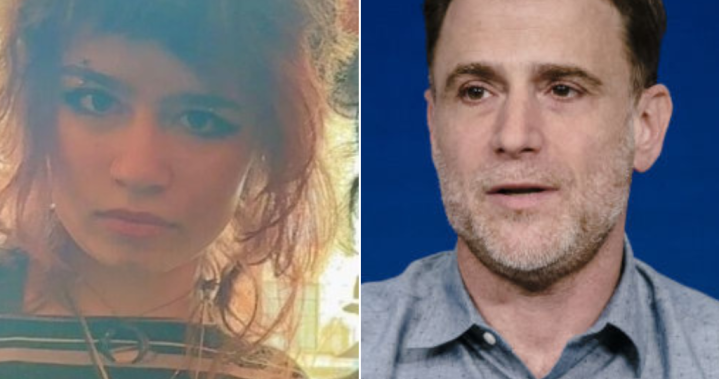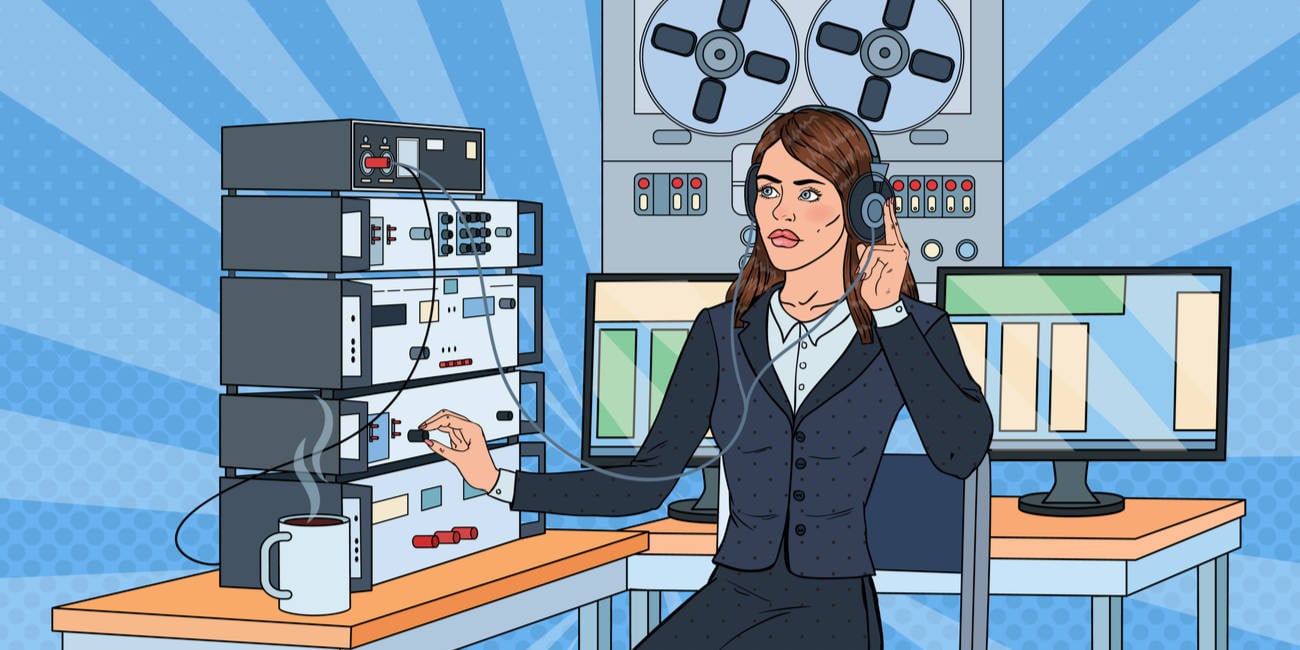
What You’re Doing Right Now Is Proof of Quantum Theory
N obody understands quantum mechanics,” Richard Feynman famously said. Long after Max Planck’s discovery in 1900 that energy comes in separate packets or quanta, quantum physics remains enigmatic. It is vastly different from how things work at bigger scales, where objects from baseballs to automobiles follow Newton’s laws of mechanics and gravitation, consistent with our own bodily experiences. But at the quantum level, an electron is a particle and a wave, and light is a wave and a particle (wave-particle duality); an electron in an atom takes on only certain energies (energy quantization); electrons or photons can instantaneously affect each other over arbitrary distances (entanglement and teleportation); a quantum object exists in different states until it is measured (superposition, or popularly, Schrödinger’s cat); and a real physical force emerges from the apparent nothingness of vacuum (the Casimir effect).
For a theory that nobody understands, quantum physics has changed human society in remarkable ways.1 It lies behind the digital technology of integrated circuit chips, and the new technology of light-emitting diodes moving us toward a greener world. Scientists are now excited by one of the more elusive notions in quantum physics, the idea of ephemeral “virtual” photons, which could make possible non-invasive medical methods to diagnose the heart and brain. These connections illustrate the flow of ideas from scientific abstraction to useful application. But there is also a counter flow, where pragmatic requirements generate deep insight. The universal laws of thermodynamics have roots in efforts by 19th-century French engineer Sadi Carnot to make the leading technology of the time, the steam engine, more efficient. Similarly, the growth of quantum technology leads to deeper knowledge of the quantum. The interplay between pure theory, and its outcomes in the everyday world, is a continuing feature of science as it develops. In quantum physics, this interaction traces back to one of its founders, Danish physicist Niels Bohr.






